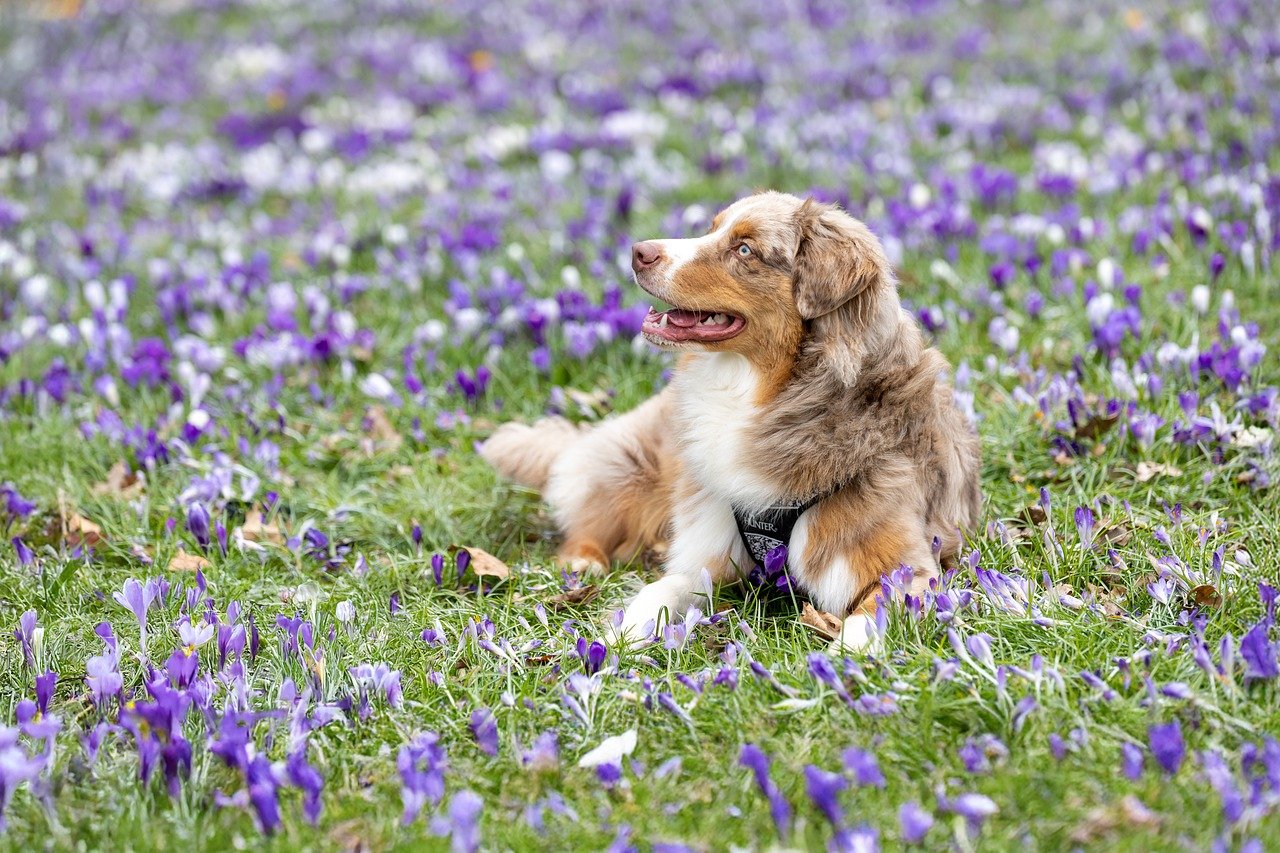Your Kid’s Guide to Training Dogs: 7 Fun Strategies
Dog training is a beneficial activity that enhances the bond between humans and their canine companions. For children, it also instils responsibility, patience, and empathy. In this comprehensive guide, we’ll explore some effective strategies for training dogs, specially designed for kids to understand and implement.
Dogs possess an inherent desire to please their owners. This characteristic, coupled with their intelligence, makes them excellent learners. Pairing up dogs with children for training exercises present an incredible opportunity for them to establish a stronger bond. The child learns the importance of gentleness, patience, and communication, while the dog responds positively to kind and consistent guidance.
It’s important for a child to communicate commands clearly so that the dog understands precisely what action to perform. A key aspect of this communication is voice pitch and volume. Exerting dominance with a deep or loud voice doesn’t build trust; instead, it might make the dog fearful. Tools such as collars, leashes, and harnesses are useful but should be used thoughtfully to not cause any physical strain.

The first few commands kids should learn to give are ‘sit’, ‘stay’ and ‘come’. They’re simple, actionable and can be easily understood by dogs. Obedience training could be fun for both the child and the dog if it involves rewards like treats, praise, or playtime. This positive reinforcement method is highly effective and enjoyable.
Moving onto some more advanced training, it’s vital to remember that patience and consistency are key elements in this process. The dog might not grasp the command instantly. Kids should be encouraged to be patient and continue their efforts calmly without being forceful or showing frustration.
Another vital part of dog training involves toilet training. It’s also a great opportunity for the kids to understand the importance of cleanliness and schedule. They learn to set a routine for the dog, establishing when and where the dog should relieve itself. The process could be challenging, but it’s an empowerment journey for children, with an opportunity to grow through adversity.
An important requirement during dog training is to provide an affirmative ‘yes’ or a clear ‘no’ to the dog. This binary mode of communication helps guide the dog accurately, as it forms an association between the command given and the action required. Use a high-pitched, delighted voice for ‘yes’ and a clear, firm, non-aggressive tone for ‘no.’

Frequently Asked Questions
- What Age Can a Child Start Training a Dog?
Generally, children around the age of six can begin basic training under adult supervision.
- How Do I Teach My Child to Behave Around Dogs?
Teach children to respect a dog’s space and feelings. Demonstrate the concept of empathy and gentleness.
- Is It Safe for My Child to Train the Family Dog?
Yes, with adult supervision and basic safety precautions, it’s beneficial and safe.
- How Should Kids Reward Dogs for Obedience?
Positive reinforcement, treat, praise or petting are examples of rewards.
- Should Children Punish Dogs for Disobedience?
Instead of punishment, use corrections and emphasize on rewards.
Conclusion
Dog training for kids is not only about shaping a well-behaved pet but also a responsible and compassionate human. Through dog training, children learn profound life lessons of patience, emotional control, and empathy. They also observe and understand that trust and respect are two-way streets. Guiding their pet successfully provides children with a sense of accomplishment and builds self-confidence.
Whether it is giving simple commands or going through detailed obedience training, this process can be an invaluable experience for children and their canine companions. Just remember, patience, positive reinforcement, and clear communication are the cornerstones of successful dog training.



